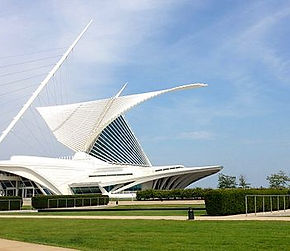
THEORIES OF ARCHITECTURE DESIGN
What is the role of ornament in architecture today?Is ornament predominantly a technological, cultural, economic, environmental, or artistic task, some combination of these; or something else? In other words, if a fourth text were added to this topic, what would the argument be?
In architecture and decorative art, ornament is a decoration used to embellish parts of a building or object. Large figurative elements such as monumental sculpture and their equivalents in decorative art are excluded from the term; most ornament does not include human figures, and if present they are small compared to the overall scale. Architectural ornament can be carved from stone, wood or precious metals, formed with plaster and clay, or painted or impressed onto a surface as applied ornament; in other applied arts the main material of the object, or a different one such as paint or vitreous enamel may be used.
ANS:
Following the modern movement in architecture, ornament is consider a waste( labor, money, time, health etc…) in this era. As it mentioned by ADOLF LOOS, the evolution of culture is synonymous with the removal of ornamentation from objects of everyday us.For an example, a human in 18th century used 1 day whereas the human in 20th century used only 4 hour to complete a same task with the same wages. So, from the opinion of the Adolf Loos, ornament means wasted labor and wasted health.
ART ORNAMENT
From my point of view, ornament is majority involved in artistic task. As we can see through the evolution of art in this era. It is actually involving a lot of decorative item to strengthen/intensify the art piece by handcraft, drawing and it also involved in architecture. For example, They come in many different colours and shapes. Modern architecture, conceived of as the elimination of ornament in favor of purely functional structures, left architects the problem of how to properly adorn modern structureThere were two available routes from this perceived crisis. One was to attempt to devise an ornamental vocabulary that was new and essentially contemporary. This was the route taken by architects like Louis Sullivan and his pupil Frank Lloyd Wright, or by the unique Antoni Gaudí. Art Nouveau, for all its excesses, was a conscious effort to evolve such a "natural" vocabulary of ornament.
A more radical route abandoned the use of ornament altogether, as in some designs for objects by Christopher Dresser. At the time, such unornamented objects could have been found in many unpretending workaday items of industrial design, ceramics produced at the Arabia manufactory in Finland, for instance, or the glass insulators of electric lines.
This latter approach was described by architect Adolf Loos in his 1908 manifesto, translated into English in 1913 and polemically titled Ornament and Crime, in which he declared that lack of decoration is the sign of an advanced society. His argument was that ornament is economically inefficient and "morally degenerate", and that reducing ornament was a sign of progress. Modernists were eager to point to American architect Louis Sullivan as their godfather in the cause of aesthetic simplification, dismissing the knots of intricately patterned ornament that articulated the skin of his structures.
If the fourth text( incontemporary) is added in this topic, the best of the argument topic will be “The Ancient And Modern”. This is due to the two different aspect that appear in two different era. The art is an old aspect whereas the incontemparary is the modern aspect. (oppose)
CONTEMPORARY ARCHITECTURE OLD ARCHITECTURE





